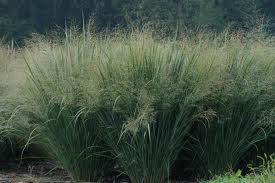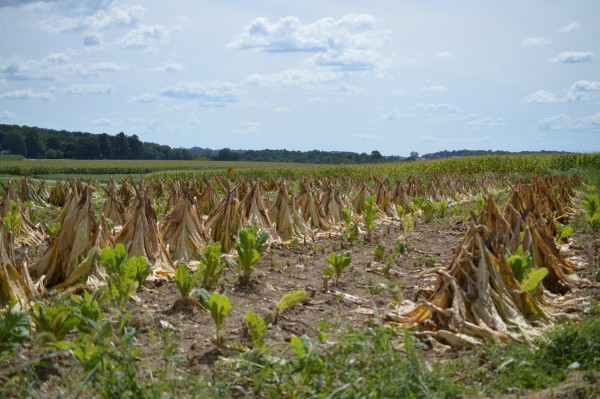
Most annuals and vegetables grow best when it is warm. If you wait until the soil is warm enough to germinate petunias or peppers, it will be fall before you can enjoy your garden. Starting seeds indoors will give you a jump on the season so your baby plants are ready to go out as soon as the soil and weather are appropriate. Keep reading for some tips and tricks to successfully start seeds at home.
Know your frost-free date. Here in Southern Lancaster County, we have had our last frost as early as April 28th and as late as May 20th. I usually caution people to look at the weather report the last week of April. If the 10-day looks good; you’re probably in the clear. Seed packets list how long the seeds take to sprout and be ready for transplanting. Use that estimate to count backwards. No sense starting tomatoes in January- they’ll be trees by May 1st.
Use sterile potting soil designed for seed germination. Lots of companies manufacture sterile potting soil that is a mix of peat, pearlite, vermiculite and a few other minor components. It is light, wets well, drains well, is free of contaminates and is best for starting seeds.
Use clean containers. You may have old packs left from last year, or purchased special seed starting trays. You may prefer biodegradable pots or special expanding peat pellets. Whatever you use, make sure it has drainage holes and is clean.
Seeds need warmth. In the greenhouse I have a water heater which pumps water through tiny tubes on the benches to provide bottom heat of about 65-70 degrees. This is not feasible at home. You can buy electric heating mats to start your trays on, but as long as you have a warm spot, that’s not necessary.
Seeds need moisture to germinate. Keep the soil damp but not sopping. Cover with plastic wrap or special tray covers to keep humidity high at the soil surface. Germination is a fascinating process comprised of several steps. First, the tough seed coat that protects the tiny embryo inside the seed swells with water and cracks open. Next, the embryo wakes up and starts to metabolize the starches and proteins in the endosperm and/or cotyledons. The baby root (radicle) emerges and starts burrowing into the soil. In the final step, the stem (hypocotyl) and seed leaves (cotyledons) emerge. Without moisture, this process stalls.
Seedlings need light. While most seeds don’t need light to germinate, they do once they’ve sprouted. As soon as the seedlings have leaves they start photosynthesis. Seedlings grown without enough light are spindly and weak. If you have a very sunny window and only a few plants, that will probably work. Otherwise, you better get some lights. Grow lights have incandescent, fluorescent or LED options. The wavelength needed for growth is a balanced white light, though supplementing with blue or green may beneficial. Light more towards the red spectrum is best for flowering (not seedling growth). A full discussion on grow lights is beyond the scope of this article. But feel free to nerd out on the internet.
Seedlings need fertilizer. Once the seedling have their first set of true leaves, (several weeks after germination) begin lightly fertilizing. Think about half-strength of what you would use for hanging baskets or patio containers. We use about 100ppm of nitrogen twice a week. If the seedling look yellowed, fertilize more frequently. Once your plants have two-sets of true leaves, you can transplant your seedlings to larger pots or packs and begin to harden them off.
Don’t skip hardening them off. In greenhouses we lower the temperatures 5-10 degrees every week or two after transplanting. We have large fans and shutters that force air through the houses to cool and provide air circulation. As soon as possible, we move the spring vegetables, pansies and other cold tolerant annuals outside. You can’t take a young plant that was growing inside at 70 degrees with no wind and no direct sunlight and put it outside and not expect some shock. Do it gradually. If you have a cold frame, great. Open the covering during the day, close it at night. If not, put young plants on the porch or in a partly shaded location for a few hours each day for at least a week before you are ready to plant into the ground. Exposure to wind, changing temperatures and higher light levels causes hormonal changes in the plants that toughens the stem. This process helps plants resist breakage and other environmental stressors. One clever gardener I know puts her transplants on a wagon and simply wheels it out to her driveway when she leaves for work, and back into the garage when she gets back home again.
Spring is coming, the days are getting warmer, and greenhouses around Lancaster County are filling up with young plants. Summer will be here before we know it.
 We are coming to the end of the 2018 gardening season. Never will I be so happy to see the end of a year.
We are coming to the end of the 2018 gardening season. Never will I be so happy to see the end of a year.